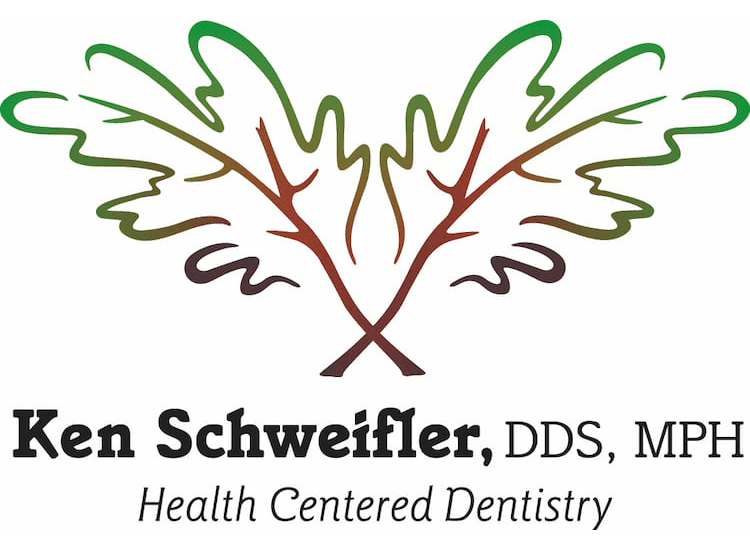The enamel of your teeth, the hard outer shell, consists of durable minerals that allow your teeth to withstand wear and tear without issue as you bite and chew. But accidents can happen to the best of us, and under extreme pressure, a tooth might chip, crack, or fracture.
A broken tooth cannot heal on its own, and the injury can deepen or worsen without urgent dental treatment. Your dentist will need to take action to restore the tooth’s structure and health. Treatment for a fractured tooth will vary depending on the location and severity of the injury.
You can feel more confident as you seek treatment for your tooth when you know more about the dental work you may experience. Discover your options for treating a broken tooth when you read on.

Dental Crown Restoration
If you fracture a tooth, a dentist can treat the injury with a dental crown in many cases. The crown consists of a custom-made ceramic cap that fits over the surface of a tooth. Its position remains secure thanks to sealing with dental cement.
This crown will cover the tooth breakage, and its seal will ensure the injury will not worsen or cause additional harm. It also restores the protective layer by replacing the damaged enamel. It is strong enough to withstand the usual wear and tear your teeth endure so that you can enjoy typical oral function once more.
The durable material and seal of the crown will provide long-lasting restorative benefits. It can stay in place for about fifteen years when you take proper care of your smile and dental work.
But this type of dental treatment will only suit dental fractures that form on the cusp, the part of the tooth visible above the gumline. The crown can only cover the surface of the tooth.
If the crack or fracture also penetrates too deeply into the tooth’s enamel, you might need additional intervention from a dentist to properly fix the damage. A dentist can evaluate the extent of the injury with a dental x-ray.
Treatment for Severe Dental Fractures
Sometimes a fracture in a tooth extends below the gumline or cracks deeply in the tooth’s enamel. If this occurs, a dentist will not be able to access the injury to treat it properly. In many cases, a dentist must extract the broken tooth with a severe dental fracture like this.
A dentist might only need to remove the damaged part of the tooth, depending on the location of the fracture. But if a dentist does need to pull a tooth, you will also need to discuss tooth replacement treatments with your dentist.
Missing teeth can threaten your oral health in multiple ways. So you should ensure you seek full restoration for your smile after a tooth extraction by replacing the pulled teeth. Determine your eligibility for dental implants, a highly comprehensive tooth replacement solution, by booking a dental consultation.
Tooth Fracture FAQs
Can a dental crown fix every type of tooth fracture?
Not always. Crowns work best for fractures that occur above the gumline, especially those confined to the tooth’s outer cusp. They create a sturdy covering that shields the tooth from extra wear or trauma. You might need a different approach if the break extends too far below the gumline or into the tooth’s root. Your dentist can assess the damage with an x-ray to see if a crown alone will suffice.
How do dentists determine whether I need a crown or an extraction?
The decision between a crown or extraction depends on several factors about your tooth’s condition. Dentists evaluate the amount of healthy tooth structure remaining, the strength of the root, and the presence of infection or bone loss. If a tooth has enough solid structure and a healthy root, a crown can save it, but severely damaged teeth with extensive decay or cracks below the gum line usually require extraction.
When might an extraction be necessary for a fractured tooth?
If the fracture runs deep under the gums or splits the tooth significantly, a dentist often can’t adequately repair it. In that case, pulling the damaged portion or the entire tooth might be the safest option.
Severe cracks can expose inner tooth layers or the root, risking infection and persistent discomfort. Extracting the broken tooth prevents further complications like abscesses or bone loss. Your dentist will evaluate the fracture’s extent to determine if extraction is the best course.
Do tooth fractures pose a threat to my gums and surrounding teeth?
They can if left untreated. Bacteria can seep into the fracture, leading to inflammation or an abscess that affects the gum tissue. Surrounding teeth might shift or bear extra stress if the fractured tooth isn’t stabilized. The infection could spread and compromise your broader oral health in severe cases. Addressing a fracture promptly not only saves the damaged tooth but also protects the rest of your mouth.
How do I protect my oral health after a tooth extraction for a fracture?
Follow your dentist’s post-operative instructions closely. They usually include keeping the extraction site clean, avoiding strenuous activity, and managing any pain or swelling. Stick to soft foods at first, then slowly reintroduce harder textures as your mouth heals.
Staying away from tobacco products and excessive alcohol helps prevent complications. Regular check-ups let your dentist confirm healing progress and plan any needed restorative steps.
Why isn’t a fractured tooth able to repair itself naturally?
Teeth can’t repair themselves because their outer enamel layer contains no living cells or blood vessels. Unlike bones or skin that have constant cell renewal, tooth enamel is essentially a crystalline structure that can’t regenerate once damaged. The living tissue inside your tooth (pulp) can produce some repair material called dentin, but it can’t fix surface breaks or cracks.
